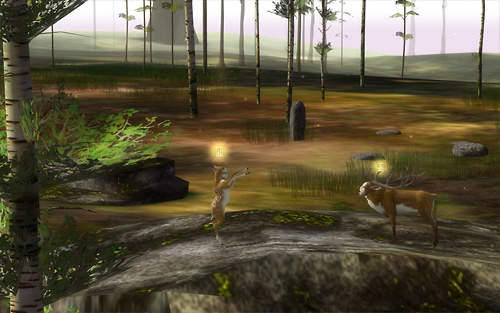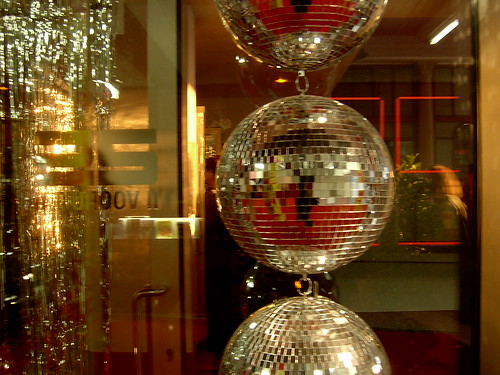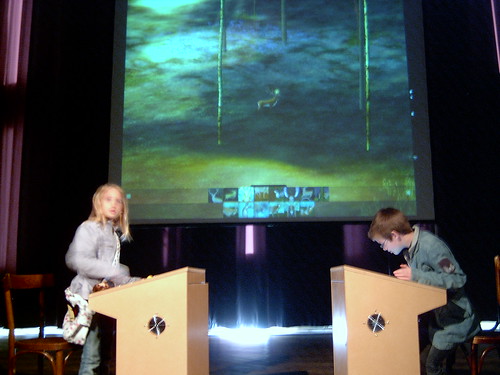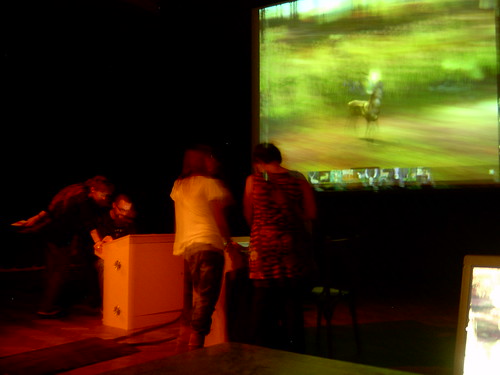Game developers and journalist often stress the importance of conflict as part of a story and (thus?) of a game. I have always questioned this claim. Mostly because they used it as an excuse for throwing more monsters and bigger guns at us. So I figure only men like conflict in their games.
But hearing the (predominantly female) players of The Endless Forest talk, has changed my mind somewhat. I think women like conflict in their entertainment just as much. Not conflict as such but also, just like men, because they get a kick out of resolving the conflict. It’s just that they tend to resolve conflicts in a different way.
I hope readers of this post don’t think I’m sexist for saying this. And please contradict me if I’m wrong. But from what I have seen, women tend to want to keep the peace, above all. They are quicker to apologize, consider other people’s arguments more deeply (or pretend to) and are generally happier when everybody gets along, sometimes even at the expense of their own status or pride.
I used to think that this type of behaviour meant that women (or men with similar tendencies) don’t like conflict in games. But seeing how much they enjoy the “peaceful resolution”, I have changed my mind about this. Perhaps they get as big a kick out of peacefully resolving a conflict as men get out of blasting the monster into oblivion.
Are there any games that cater to this desire?
Peaceful conflict resolution probably doesn’t lend itself well to spectacular visual effects (explosions etc) but it could perhaps introduce a new form of play. And open up a new audience.




 Next Saturday, September 22nd, Arts Center
Next Saturday, September 22nd, Arts Center 
